(ECNS) -- Small- and medium-sized emerging economies will be the main driver of future growth in global CO2 emissions, according to the latest report published by Institute for Carbon Neutrality of Tsinghua University on Tuesday.
The Annual Report 2022 for Carbon Dioxide Emission Accounts of Global Emerging Economies is formulated by China's Carbon Emission Accounts and Datasets (CEADs) led by Guan Dabo, professor at the Department of Earth System Science of Tsinghua University.
The report adopted an international authoritative accounting method to build a unified, transparent and scientific accounting system, thus forming a list of CO2 emissions from 50 emerging economies worldwide from 2010 to 2019.
The report shows that carbon emissions related to fossil energy from the 50 emerging economies have increased from 6.3GT (1GT = 1 billion tons) in 2010 to 7.8GT in 2019, with an average annual growth rate of 3.9 percent.
Among them, India's fossil energy carbon emissions jumped from 1.4GT to 2.3GT, with an annual increase of 6.0 percent during the period, while Russia's fossil energy carbon emissions were still 1.5GT in 2019, with an annual increase of about 0.3 percent only, said the report.
The rest of the 48 countries' fossil energy carbon emissions have increased from 3.5GT to 3.9GT during this period, with an annual growth rate of 1.3 percent per year.
The trend is relevant to the application of high-carbon energy and ongoing industrialization, which effectively stimulates economic growth while improving carbon emissions, according to the report.
The latest research shows that from 2010-2018, the growth rate of the annual emissions of over 50 emerging economies was higher than the global average. Although each economy produced less than 1 percent of global emissions in total, the volume of their overall emissions hit 1.6 times that in India.
The infrastructure construction driven by the future industrialization process of the emerging economies will lead to the continuous growth of carbon emissions, which will undoubtedly pose a severe challenge to controlling rising temperatures within 1.5 degrees Celsius by the end of the 21st century, the report said.
The research team also found that to realize the target while ensuring that the emerging economies have sufficient carbon emissions space, the other countries need to reduce carbon emissions by 7.2 percent per year.
However, from 2010-2018, the European Union and the U.S. only witnessed an annual decrease of 1.4 percent and 0.9 percent, respectively.
This put forward more urgent requirements for developed countries. On the one hand, developed countries should provide economic and technical support to emerging emissions economies, while on the other hand, they need to strengthen their own emission reduction endeavors and leave space for emerging emission economies, Guan said.









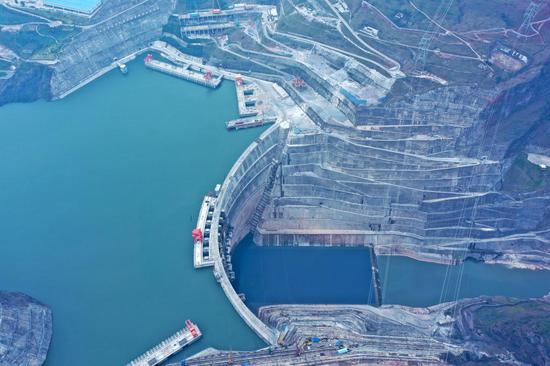

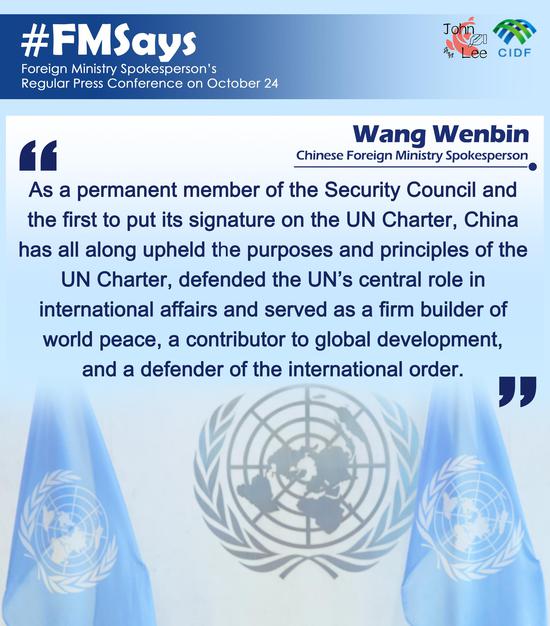
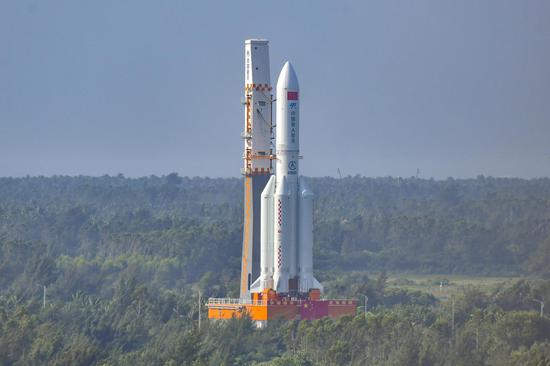

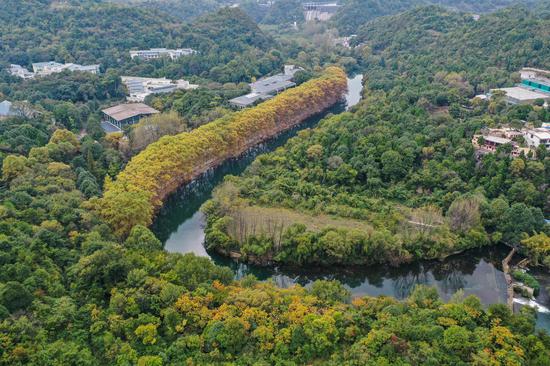
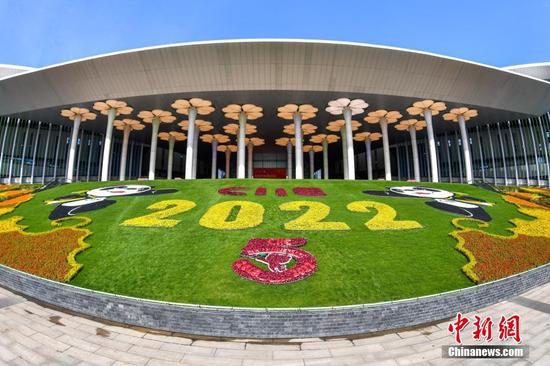


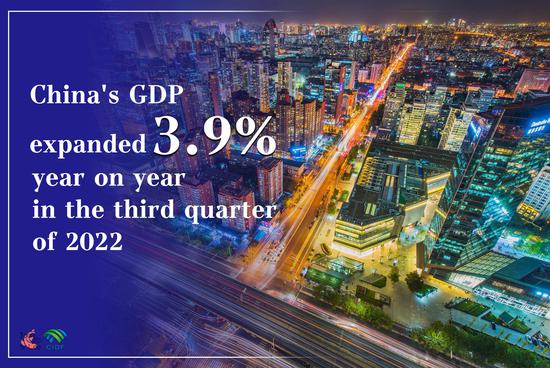
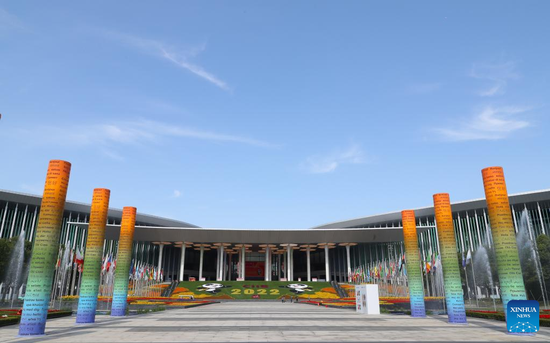

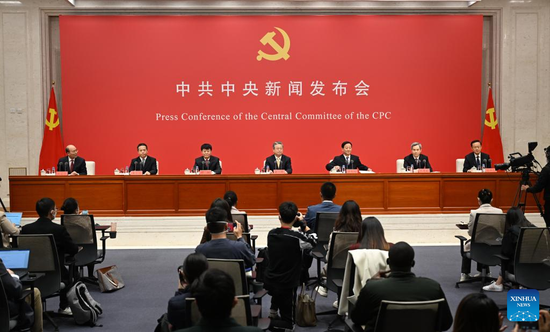




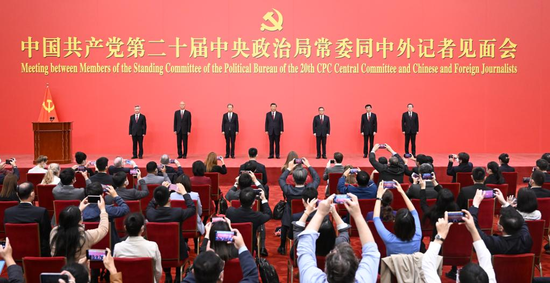



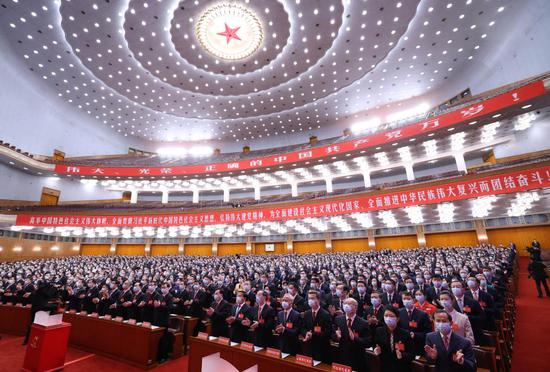
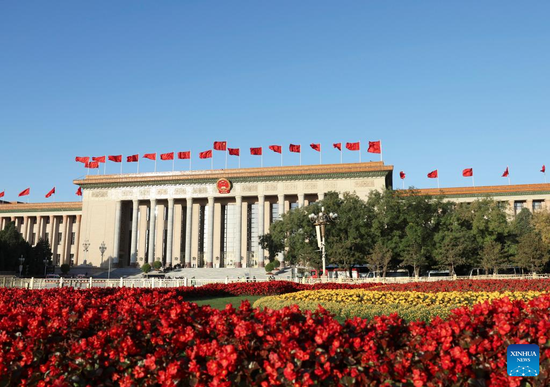


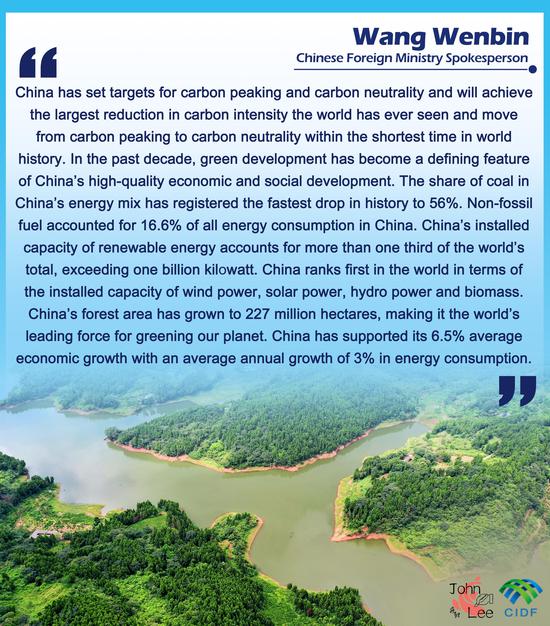




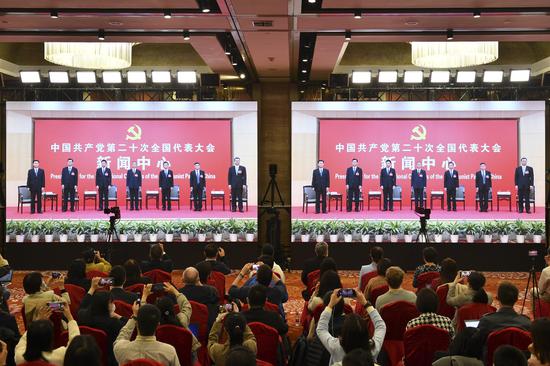

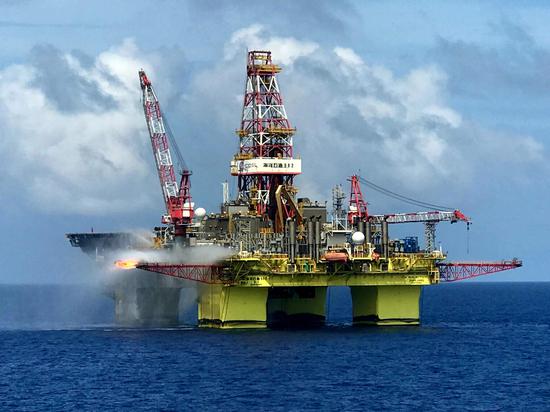
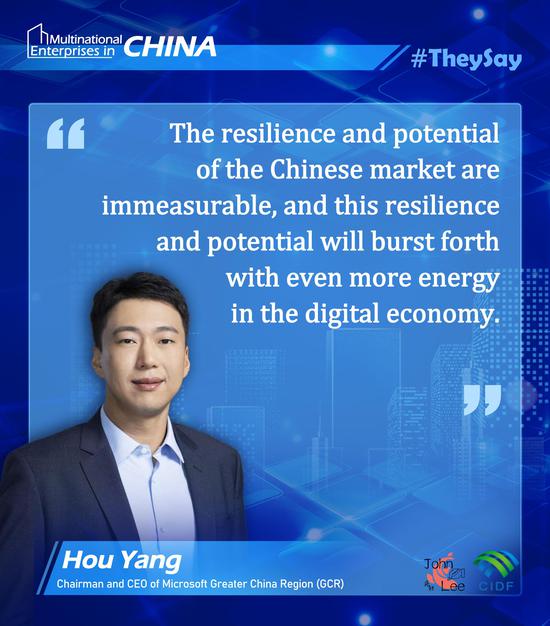
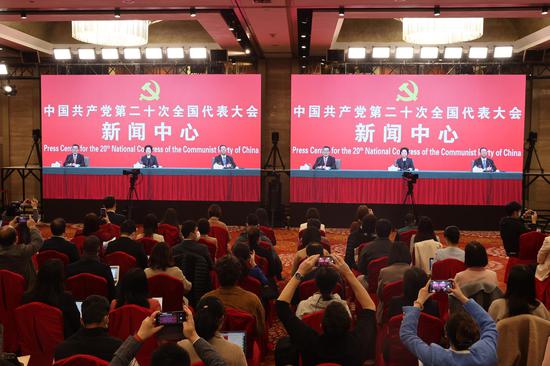






 京公網安備 11010202009201號
京公網安備 11010202009201號